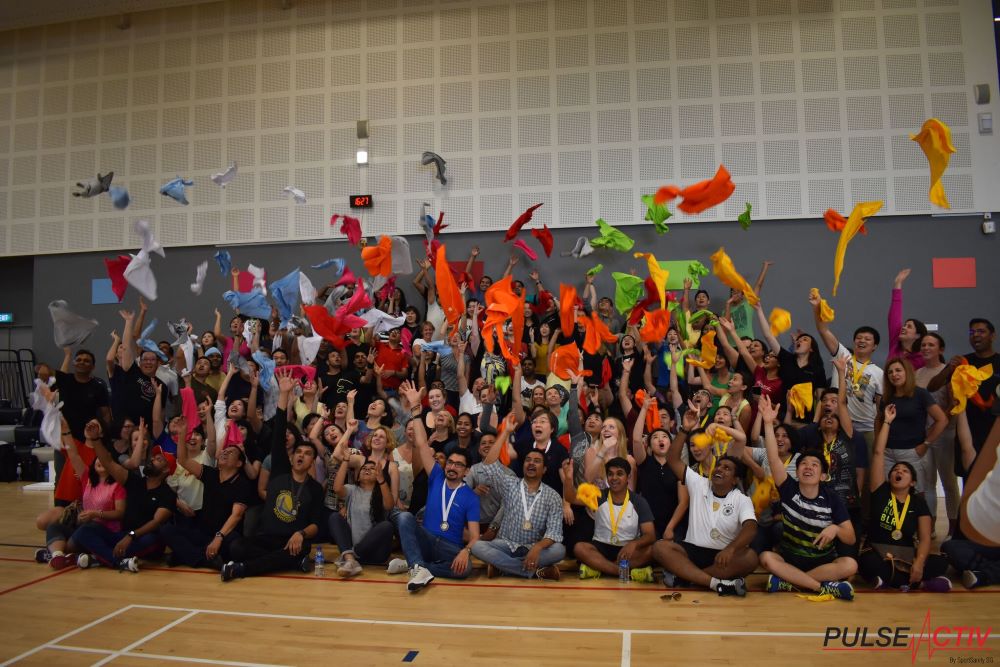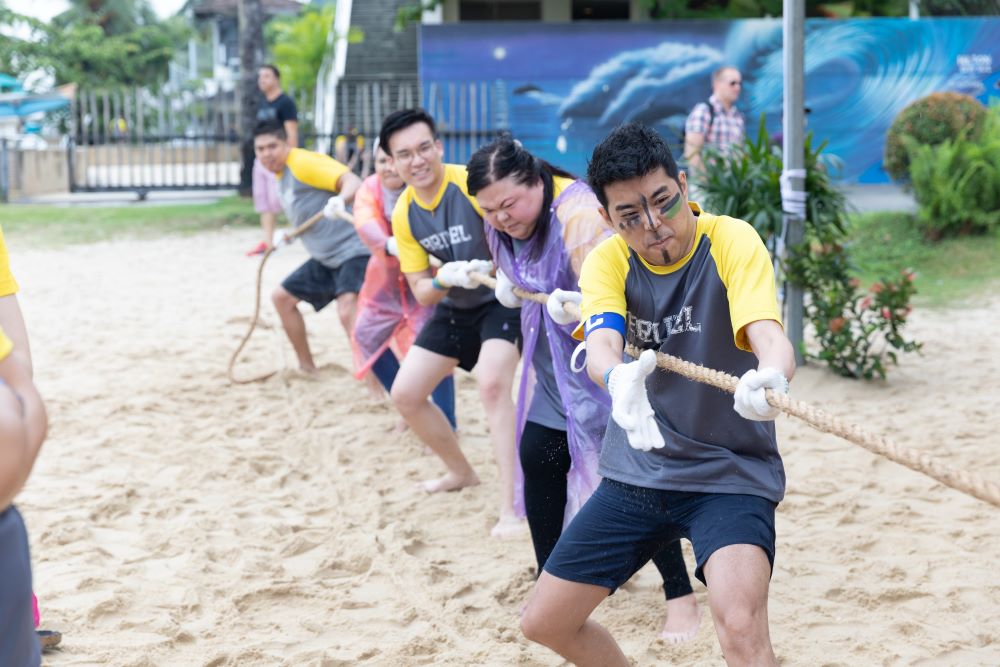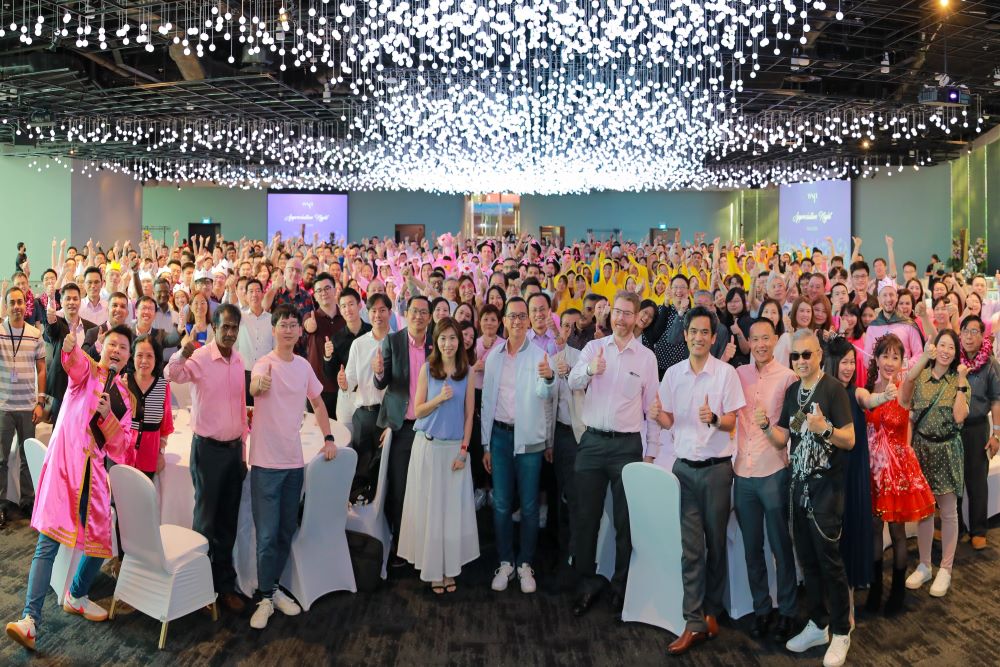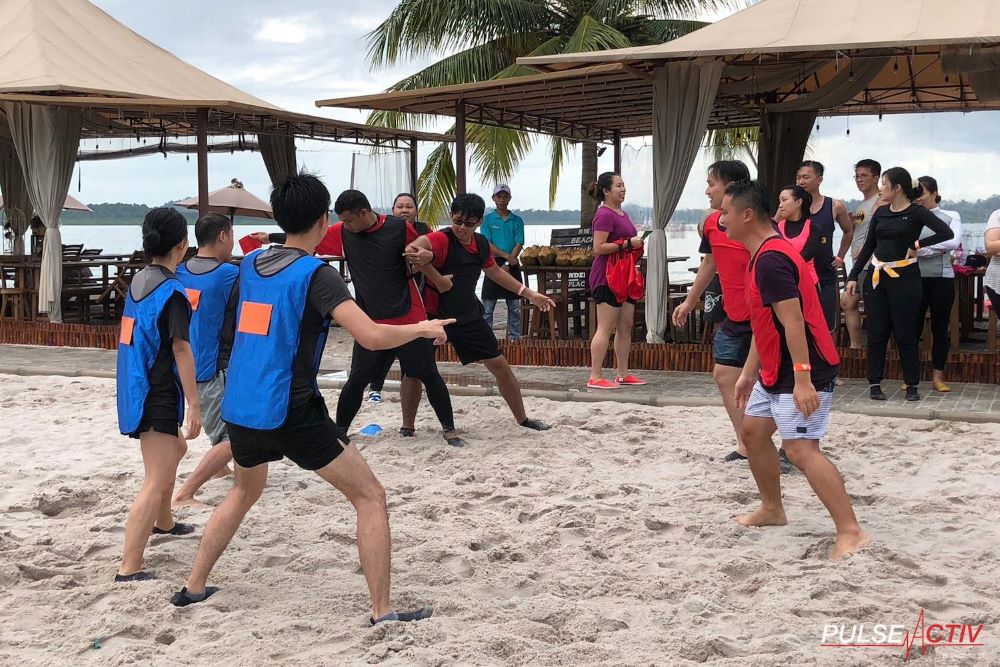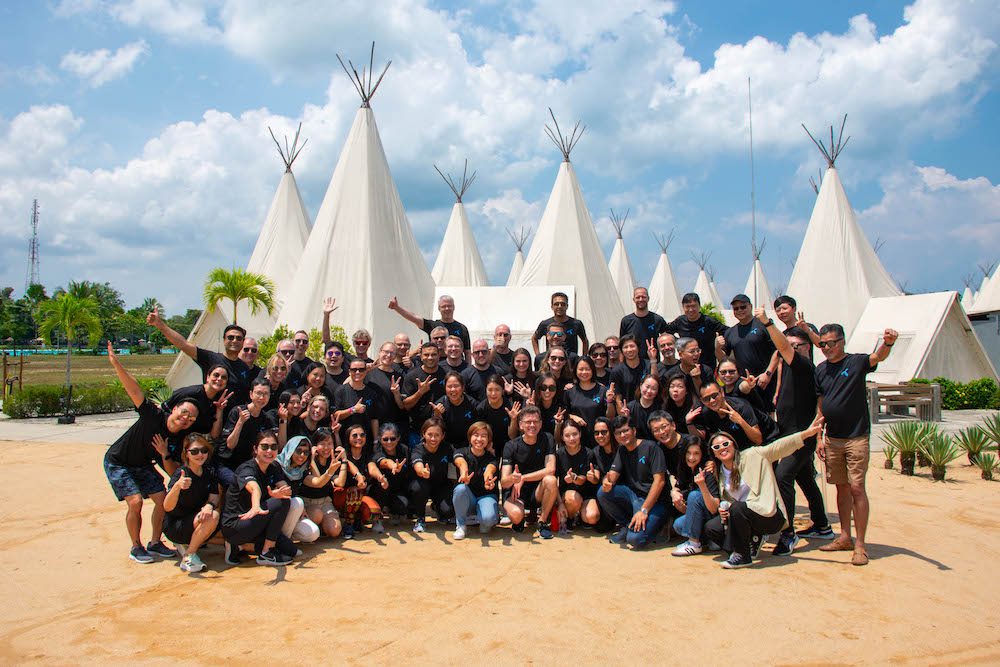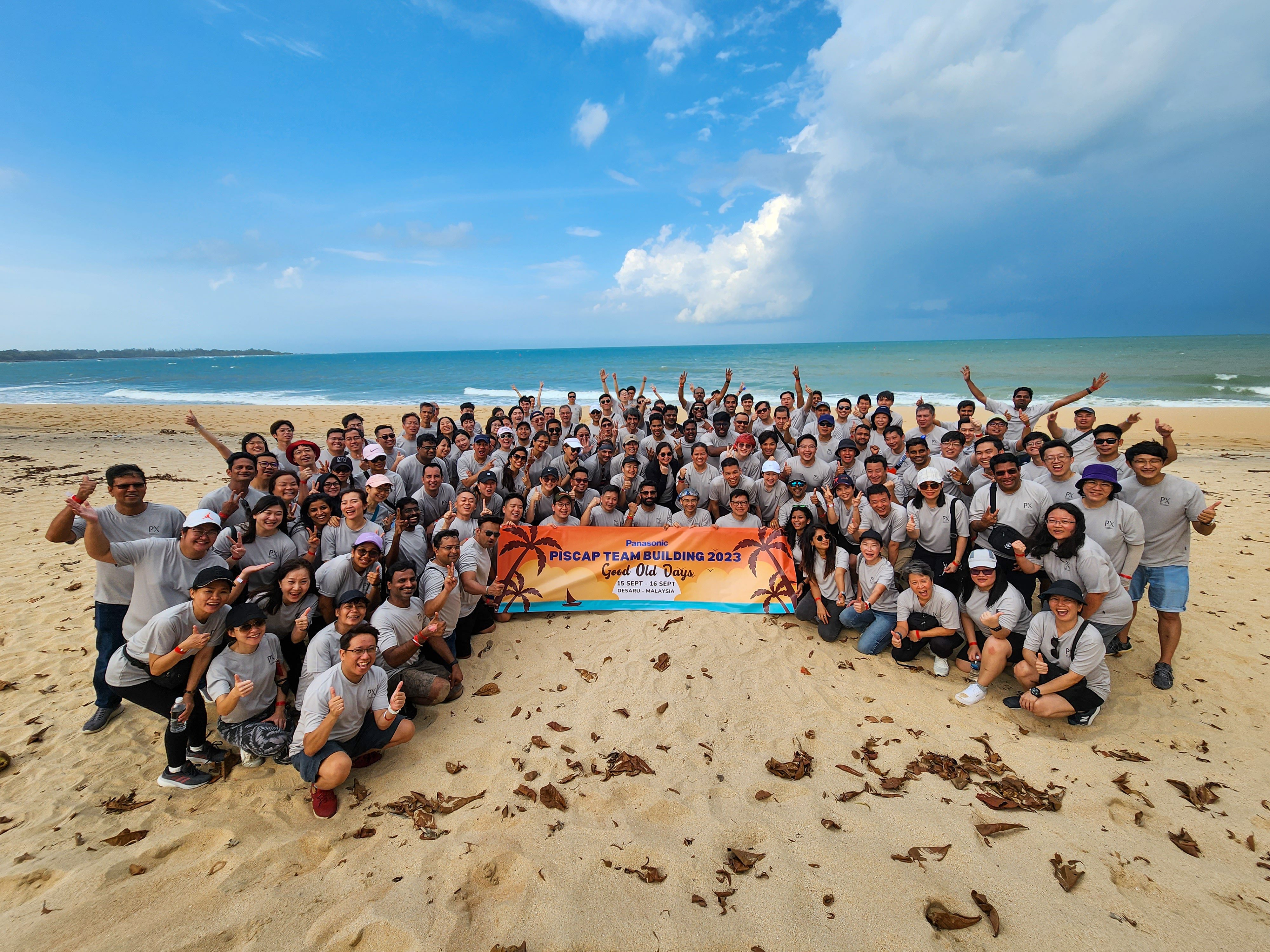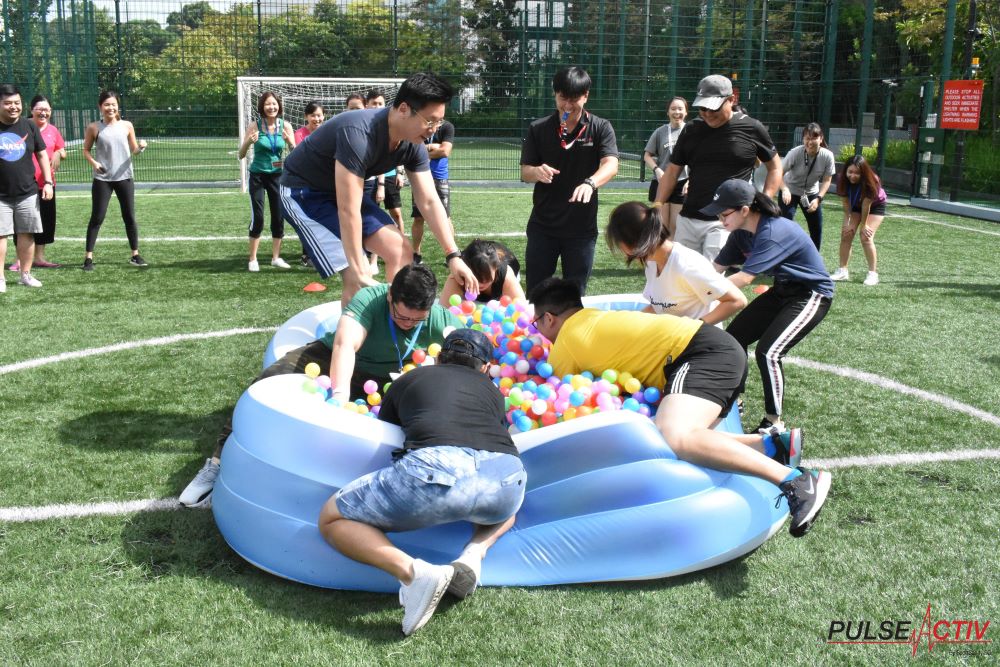Digital Integration: Using Social Media and Live Streaming to Enhance Your Dinner & Dance Event
In today’s interconnected world, digital integration is key to amplifying the impact of your corporate dinner and dance event. By harnessing the power of social media and live streaming, you can engage both in-person and remote attendees, creating a more inclusive and interactive experience. This article explores how to effectively integrate digital platforms into your event strategy, ensuring that your celebration resonates with everyone, whether they’re in the room or tuning in from afar.
1. Pre-Event Buzz: Building Anticipation
Social Media Campaigns
Start creating excitement for your event weeks before it happens by launching a social media campaign. Use platforms like Instagram, Facebook, LinkedIn, and Twitter to share sneak peeks, behind-the-scenes content, and countdowns. Create a unique hashtag for your event to encourage participants to share their own posts and interact with your content.
Event Page Creation
Develop an event page on platforms such as Facebook Events or LinkedIn Events. This page should include all relevant details such as the date, time, location, dress code, and a brief overview of what to expect. Regularly update this page with new information, teaser videos, and interactive polls to keep the audience engaged.
Teaser Videos and Interactive Content
Share teaser videos that give a glimpse of what’s to come. Use engaging visuals and compelling messaging to capture attention. Create interactive content such as polls or Q&A sessions about event details to boost engagement and gather insights from potential attendees.
2. Interactive Live Streaming: Bringing Everyone Together
Choosing the Right Platform
Select a reliable live streaming platform that best suits your needs. Options like YouTube Live, Facebook Live, or Zoom can provide seamless streaming experiences. Ensure the platform supports high-quality video and audio and can handle the number of viewers expected.
Professional Setup
Invest in quality equipment for live streaming. Use high-definition cameras, good lighting, and clear audio systems to ensure a professional presentation. Consider hiring a production team if your budget allows, as they can manage technical aspects and ensure a smooth streaming experience.
Engagement During the Stream
Enhance the live streaming experience by incorporating real-time interaction. Use live chat features to allow remote attendees to ask questions or share comments. Assign a social media or event coordinator to monitor and respond to these interactions, making remote viewers feel included and valued.
Virtual Participation Options
Create opportunities for remote attendees to participate in event activities. For example, allow them to vote on certain aspects of the event (e.g., song choices for the dance floor) or participate in virtual games and challenges that align with the event’s theme.
3. Real-Time Social Media Engagement: Enhancing the Atmosphere
Live Updates and Highlights
During the event, share live updates and highlights on social media. Post photos and short videos of key moments such as the grand entrance, dance performances, or award presentations. This keeps both in-person and remote attendees informed and engaged.
Social Media Walls
Set up a live social media wall at the event venue where posts tagged with your event hashtag are displayed. This encourages guests to post their own photos and comments, fostering a sense of community and interaction. Make sure to moderate content to ensure that it aligns with the event’s tone and message.
Interactive Contests and Challenges
Run social media contests and challenges during the event. For example, host a photo contest where attendees share their best event moments using your event hashtag. Offer prizes for the most creative posts to motivate participation and create additional buzz around your event.
4. Post-Event Follow-Up: Extending the Engagement
Event Highlights and Recaps
After the event, share a recap video or photo gallery highlighting the best moments. This content can serve as a reminder of the fun and excitement and help maintain engagement with attendees. Post-event content also provides an opportunity to thank participants and acknowledge their contributions.
Feedback Collection
Use social media and digital surveys to gather feedback from both in-person and remote attendees. Ask for their opinions on various aspects of the event, from the entertainment to the food and overall experience. This feedback is invaluable for improving future events and demonstrating that you value attendee input.
Shareable Content
Provide attendees with shareable content, such as event photos or videos, that they can post on their own social media profiles. This not only extends the reach of your event but also allows attendees to relive and share their experience with their networks.
Conclusion: Embracing the Digital Era
Integrating social media and live streaming into your corporate dinner and dance event can significantly enhance the overall experience. By building anticipation before the event, engaging attendees in real-time, and extending the interaction after the event, you create a more inclusive and dynamic environment. Embracing digital tools not only connects in-person and remote participants but also leverages the power of social media to amplify your event’s impact, making it memorable for everyone involved.
To head back to read another article in our blog, click here.


